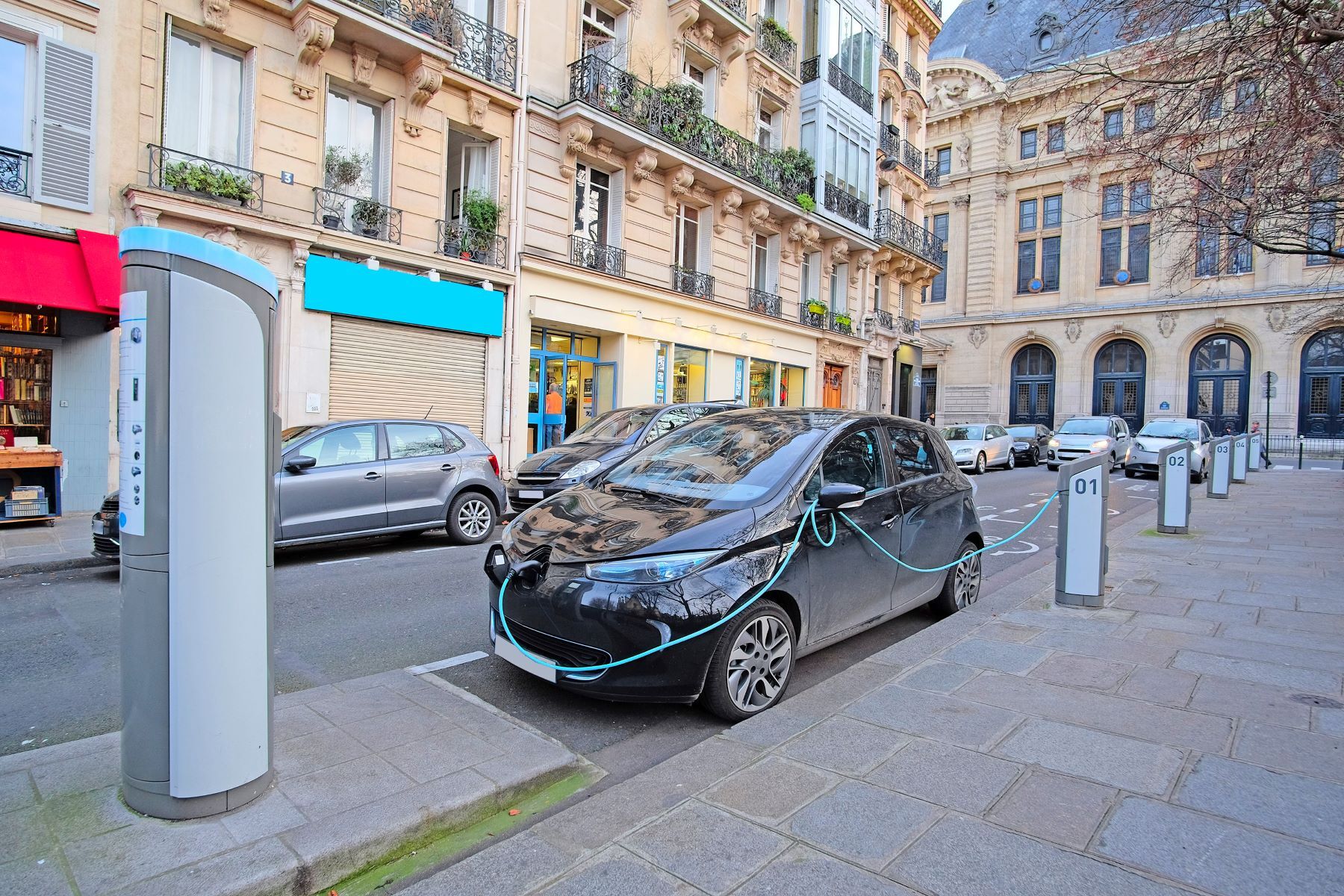
Most EU countries on track to meet charging targets
Charging is perceived as one of the biggest barriers to people switching to electric vehicles, but the picture is improving fast, new analysis shows.
There has been a three-fold increase in the number of EV public chargers in the EU in the last three years, new T&E analysis finds. There were more than 630,000 charge points in the bloc at the end of 2023, and the charging network grew faster last year than the electric vehicle fleet.
Most EU countries already met their 2024 EU targets for public charging infrastructure in 2023, according to the analysis of national charging networks and projected EV fleet growth. Under the EU Alternative Fuels Infrastructure Regulation (AFIR), which entered into force on Saturday, each country has annual targets based on a ratio of total charging power output and the number of electric cars on the road.

[Download national data for % of AFIR charging target. Download national data for historic increase in number of chargers (2020-2023)]
Of the countries which have not yet reached their 2024 targets, Portugal, Hungary and Lithuania will likely catch up by the 31 December deadline. Greece and Ireland have the most work to do but can still meet their targets by rapidly building infrastructure this year, T&E said. Luxembourg, Cyprus and Malta also lag behind but can easily achieve the targets with modest amounts of new chargers due to the small size of their EV fleets.
Fabian Sperka, vehicles policy manager at T&E, said: “Charging is perceived as one of the biggest barriers to people switching to electric vehicles, but the picture is improving fast. Now, governments need to go beyond the strict requirements of the EU targets if they are to convince more drivers. More capacity needs to be installed where the actual traffic is and payments should be made simpler. There also needs to be a clamp-down on broken chargers.”
T&E is calling on EU governments to go beyond the minimum ambition of AFIR and take into account the following elements:
- Anticipate where future demand for charging will occur to avoid ‘grid-locks’ along the way;
- Deploy fast-charging hubs every 60 km along main roads by 2025 – ahead of the 2030 deadline under AFIR; and extend AFIR targets to other major national roads;
- Implement the national ‘fleet-based’ charging targets in a decentralised way, so that deployment of charging follows EV uptake at regional or even provincial level;
- To fix broken infrastructure, require charge point operators to achieve minimum uptime of at least 98% annually at public chargers.
- Limit red tape for grid operators by harmonising permitting and administrative procedures across the EU, and by focusing public financial support where market failure occurs, eg. where infrastructure is needed but is underutilised and does not attract private investment.
Read more: